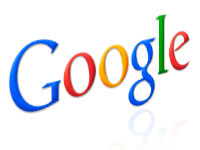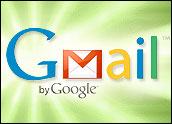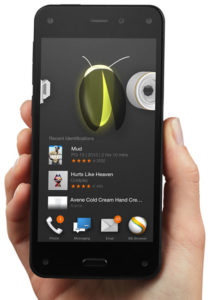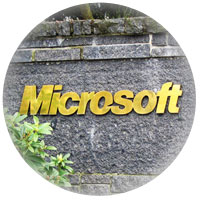Ads soon will arrive on Snapchat, company spokesperson Mary Ritti on Thursday confirmed for the E-Commerce Times.

The ads will not target individual users. Rather, they’ll appear in a more generalized fashion within the service’s Snapchat Stories feature among shared photos and videos, CEO Evan Spiegel said Wednesday at the Vanity Fair New Establishment Summit in San Francisco, according to press reports.
A new service for disappearing content and ads, called “Snapchat Discovery,” also is in the works for launch this year, according to The Wall Street Journal.
Three-year-old Snapchat, recently valued at US$10 billion, reportedly has drawn funding interest from Yahoo, among others. Ads will represent its first source of revenue.
‘Significantly More Annoying’
Snapchat has experienced meteoric growth over the past three years, despite the challenges it has faced as a result of its association with teenage sexting, said marketing and social media expert Lon Safko.
Despite its young age, Snapchat is introducing advertising sooner than many of its social-networking peers have, he told the E-Commerce Times.
Twitter, for example, is 8 1/2 years old “and still not making money or effectively delivering advertising on their network,” Safko noted.
Snapchat’s advertising won’t be contextual — meaning that the ads delivered will be general in nature and not aligned with the content of the conversation the way Google’s and Facebook’s are.
That will make the ads “significantly more annoying to the user and have a much lower conversion rate,” Safko warned. “Worse, the ads will only last for 10 seconds and disappear forever. This makes the ads worth a lot less than a Facebook ad.”
Safko’s advice to Spiegel: “Either do the IPO or sell it off before hitting users with advertising,” he said. “Millennials are finicky about advertising — it’s caused the demise of several social platforms in the past.”
A Balancing Act
Snapchat “has to be on a path to monetization at some point. They need it, and their investors will require it,” Brian Blau, a research director for consumer technology and markets with Gartner, told the E-Commerce Times.
“Advertising is an easy choice as ads are common, and if done well they can help people find good deals and relevant products,” Blau pointed out.
As for the lack of targeting, “that could be good for Snapchat, as they can attract big campaigns from popular brands,” he suggested. “If those ads are shown to everyone, the brand will get significant reach.”
It is possible that Snapchat users could be turned off by the ads “if they don’t balance how often the ads are presented compared to the volume of conversation,” Blau conceded.
Still, “we have seen in many other social and communications apps that the appearance of ads does not necessarily take away from the core of the product,” he added. “Most users accept those ads as they know they are getting the app at no cost.”
Pressure From Advertisers
Most people “are reasonable about advertising,” remarked B2B social media strategistPaul Gillin.
“They understand that it supports something they like and they put up with it as long as it isn’t intrusive,” he added.
Because of the temporary nature of Snapchat content, though, advertisers will have “some new challenges in getting attention,” Gillin told the E-Commerce Times.
“I’m interested to see how Snapchat innovates in this area, because a lot of companies are tackling short-message advertising. I think advertisers are going to pressure Snapchat to come up with something more distinctive than just a display ad,” he said.
Users May Balk
Ads are an obvious choice for Snapchat, given its multibillion-dollar valuation, noted Greg Sterling, vice president of strategy and insights for the Local Search Association.
“Snapchat is simply following in the footsteps of Facebook, Twitter and Instagram,” he said.
“Users may balk at first, but will likely be accepting as they have been with earlier social tools that introduced them,” Sterling predicted. “The larger question is whether Snapchat can eventually generate revenue from advertising sufficient to justify its $10 billion valuation.”






















































Social Media
See all Social Media